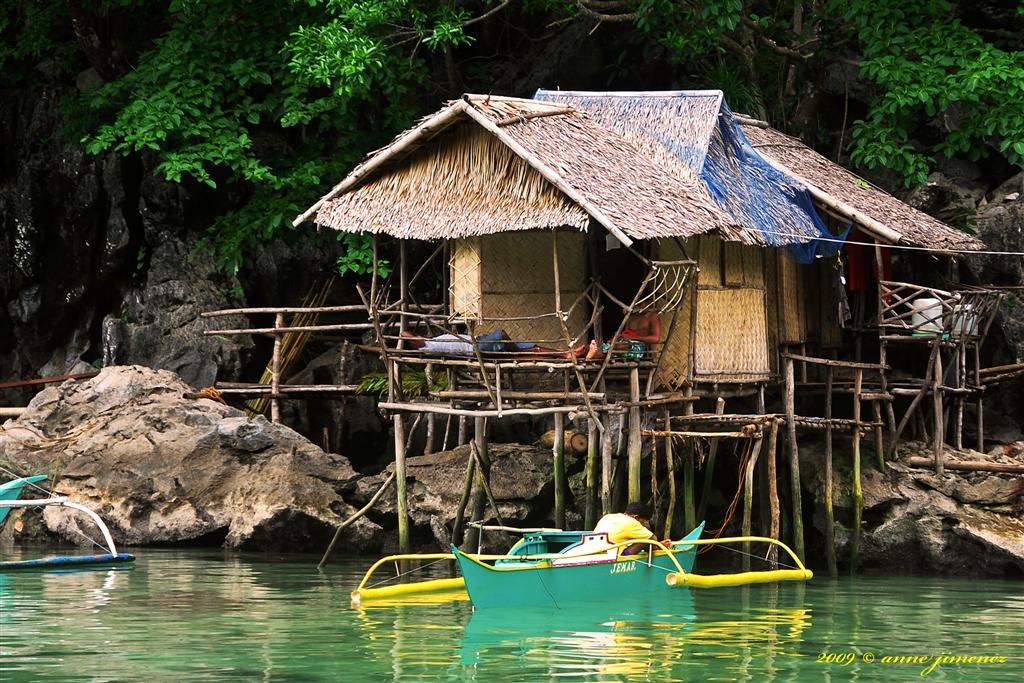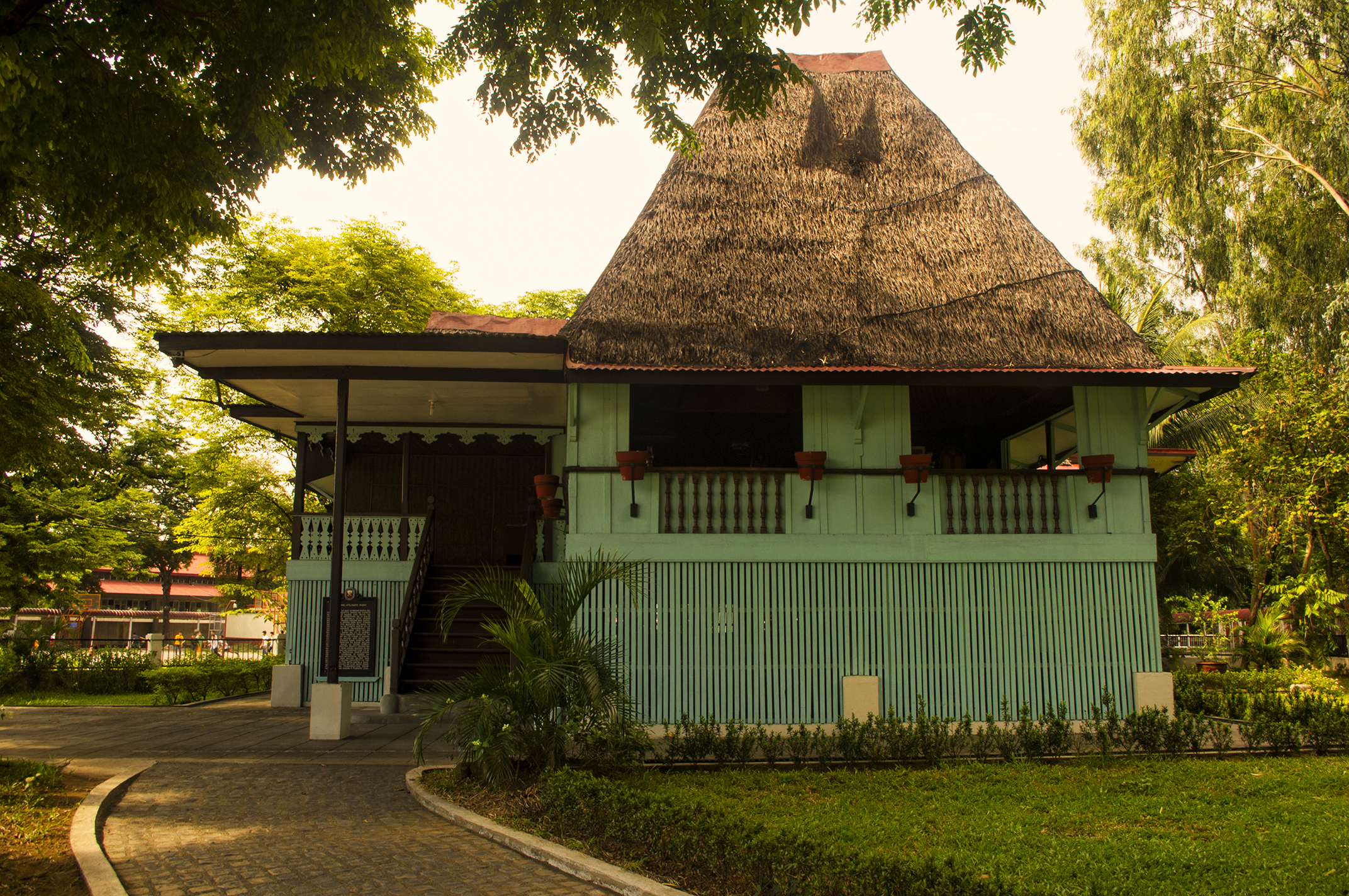|
Nipah
NIPA, Nipa or nipah may refer to: * Shamim Ara Nipa, Bangladeshi dancer and choreographer * Nipa hut, a type of stilt house indigenous to the cultures of the Philippines * Nipah virus, a Henipavirus NIPA * National Income and Product Accounts, one of the main sources of data on general economic activity in the United States * National IT Industry Promotion Agency, an IT industry promotion organization operated by the Government of South Korea * National Institute of Public Administration (Malaysia), a Malaysian government agency responsible for the training of civil servants * National Institute of Public Administration (Pakistan), a school to impart training for Civil Servants of Pakistan * NIPA1, a gene in humans that encodes Non-imprinted in Prader-Willi/Angelman syndrome region protein 1 ** NIPA2, a gene in humans that encodes Non-imprinted in Prader-Willi/Angelman syndrome region protein 2 Plants * Nipa palm, ''Nypa fruticans'' * Nipa grass, '' Distichlis palmeri'' ... [...More Info...] [...Related Items...] OR: [Wikipedia] [Google] [Baidu] |
Nipah Virus
Nipah virus, scientific name ''Nipah henipavirus'', is a bat-borne virus that causes Nipah virus infection in humans and other animals, a disease with a high mortality rate. Numerous disease outbreaks caused by Nipah virus have occurred in South and Southeast Asia. Nipah virus belongs to the genus ''Henipavirus'' along with the Hendra virus, which has also caused disease outbreaks. Virology Like other henipaviruses, the Nipah virus genome is a single (nonsegmented) negative-sense, single-stranded RNA of over 18 kb, which is substantially longer than that of other paramyxoviruses. The enveloped virus particles are variable in shape, and can be filamentous or spherical; they contain a helical nucleocapsid. Six structural proteins are generated: N (nucleocapsid), P (phosphoprotein), M (matrix), F (fusion), G (glycoprotein) and L (RNA polymerase). The ''P'' open reading frame also encodes three nonstructural proteins, C, V and W. There are two envelope glycoproteins. The G ... [...More Info...] [...Related Items...] OR: [Wikipedia] [Google] [Baidu] |
Shamim Ara Nipa
Shamim Ara Nipa is a Bangladeshi dancer and choreographer. She serves as a director of ''Nrityanchal Dance Company''. She was awarded Ekushey Padak by the Government of Bangladesh in the category of choreography in 2017. Career Nipa got her first lesson in dancing at Arts Council of Kishoreganj District. She studied under the dance instructors G A Mannan and Nikunja Bihari Pal. Later she received training at Bulbul Academy of Fine Arts. She received training from a North Korean dance trainer and the National Centre for the Performing Arts (China). Since 2011 Nipa, together with Shibli Mohammad, has been compering the weekly dance magazine program, ''Tarana'', on Bangladesh Television. Awards Nipa received a gold medal for the best dance artiste in Dhaka division and has been nominated best dancer by Bangladesh Folk Forum, the National Youth Council and other institutions. * Lux Channel I Performance Award * Prothom Alo Award * Bachsas Award * George Harrison Award * Ekushey ... [...More Info...] [...Related Items...] OR: [Wikipedia] [Google] [Baidu] |
Distichlis Palmeri
''Distichlis palmeri'' is an obligate emergent (it has aerenchyma) perennial rhizomatous dioecious halophytic C4 grass in the Poacea (Gramineae) family. ''D. palmeri'' is a saltwater marsh grass endemic to the tidal marshes of the northern part of The Gulf of California and Islands section of thSonoran Desert ''D.'' ''palmeri'' is not drought tolerant. It does withstand surface drying between supra tidal events because roots extend downward to more than 1 meter (3 feet) where coastal substrata is still moist. Culms (stalks) are generally rigid and upright to about 60 cm (2 feet) and have short internodes. Longer culms become recumbent (lay down) developing young vertical culms from the nodes. These young culms may root. Acicular to linear leaves are upright and positioned alternate along the culm at nodes. Leaves excrete salts through specialized salt glands that are a component of ''D. palmeri'' leaf anatomy. These excreted surface salts are wicked away by breezes. Ins ... [...More Info...] [...Related Items...] OR: [Wikipedia] [Google] [Baidu] |
Nina (name)
Nina is a feminine given name with various origins. It is a predominantly east European and Slavic name that has later been used globally. There are alternate spellings depending on the name's origin. Nína is an Icelandic language, Icelandic name used in Iceland. Niná is a Sami language, Sami name used in Northern Norway, northern Sweden, northern Finland and the Murmansk Oblast. Nina may also serve as a short form of names ending in "-nina/-ina", including Marina (given name), Marina, Katharina, Antonina (name), Antonina, Giannina, and Constantina. Nina can also serve as a short form of Anna (given name), Anna. It also has a relation to the Spanish word "niña", which translates as "little girl" and has meaning in several other languages: (Hebrew language, Hebrew: "God was gracious, God has shown favor"); (Persian language, Persian: "nice"); (Hindi language, Hindi: "beautiful"); (Swahili language, Swahili: "mother"); (Native American language, Native American: "strong"); (He ... [...More Info...] [...Related Items...] OR: [Wikipedia] [Google] [Baidu] |
Southern Highlands Province
Southern Highlands is a province in Papua New Guinea. Its provincial capital is the town of Mendi. According to Papua New Guinea's national 2011 census, the total population of Southern Highlands (after the separation of Hela Province) is 515,511 spread across . Ethnic groups Before the split there were two major ethnic groups, the Huli people and the Angal speakers. Today the majority of the population in Southern Highlands is made up of Angal or Angal Heneng speakers. They occupy the three provinces of Southern Highlands (Nipa, Mendi, Lai Valley, Imbongu (lower Mendi)), Hela (Magarima) and Enga (parts of Kandep). Split to create Hela Province In July 2009, Parliament passed legislation to create two new provinces by 2012. One of these was to be created by removing the districts of Tari-Pori, Komo-Magarima, and Koroba-Kopiago from the Southern Highlands Province to form the new Hela Province. Hela Province officially came into being on 17 May 2012. Regions After the split of H ... [...More Info...] [...Related Items...] OR: [Wikipedia] [Google] [Baidu] |
Nipa Rural LLG
Nipa Rural LLG is a local-level government (LLG) of Southern Highlands Province, Papua New Guinea Papua New Guinea (abbreviated PNG; , ; tpi, Papua Niugini; ho, Papua Niu Gini), officially the Independent State of Papua New Guinea ( tpi, Independen Stet bilong Papua Niugini; ho, Independen Stet bilong Papua Niu Gini), is a country i .... Wards *01. Soi *02. Nipa H/School *03. Haralinja *04. Almanda 1 *05. Almanda 2 *06. Sesenda 2 *07. Sesenda 1 *08. Soi'l 2 *09. Shumbi 2 *10. Shumbi 1 *11. Ebil 2 *12. Ebil 1 *13. Eganda 3 *14. Erepi *15. Ungubi 2 *16. Egenda 2 *17. Emb *18. Suma 1 *19. Suma 2 *20. Hepinja 1 & 16 *21. Poiya 7 *22. Ingin 2 *23. Ingin 1 *24. Merep *25. Erep 5 *26. Tupip *27. Poiya 6 *28. Nipa Station *29. Ungubi 1 *30. Egenda 1 *31. Pulim 3 *32. Pulim 2 *33. Pulim 1 *34. Kware 2 *35. Kware 1 *36. Komea 2 *37. Komea 1 *38. Kombela *39. Injip 2 *40. Injip 1 *41. Puril Mission Station References * * Local-level governments of Southern Highlands Provin ... [...More Info...] [...Related Items...] OR: [Wikipedia] [Google] [Baidu] |
Palapag
Palapag, officially the Municipality of Palapag ( war, Bungto han Palapag; tl, Bayan ng Palapag), is a 3rd class municipality in the province of Northern Samar, Philippines. According to the 2020 census, it has a population of 34,034 people. It is located in the northernmost part of Samar Island. Etymology The name Palapag, according to locals is derived from the word “''Palpag''” (in the Waray-Waray language it means ‘pounding a post using a wooden stick’ or pulping the bark of a bakhao). The first group of Spaniards who came to Palapag, as they did not know the name of the place, they asked in Spanish language to a group of people pulping the bark of a bakhao tree about the name of the place. They thought that they were asked what they were doing, so they answered in vernacular language “''nagpapalpag''”, which means pulping the bark of a tree. From that time on, the place was called Palpag by the Spaniards. History Pre-Hispanic Ages before the coming of the Spa ... [...More Info...] [...Related Items...] OR: [Wikipedia] [Google] [Baidu] |
Pisang Nipah
Saba banana (pron. or ), is a triploid Hybrid (biology), hybrid (List of banana cultivars#ABB Group, ABB) banana cultivar originating from the Philippines. It is primarily a Plantain (cooking), cooking banana, though it can also be eaten raw. It is one of the most important banana varieties in Philippine cuisine. It is also sometimes known as the "cardaba banana", though the latter name is more correctly applied to the cardava, a very similar cultivar also classified within the saba subgroup. Description Saba bananas have very large, robust pseudostems that can reach heights of . The trunk can reach diameters of . The trunk and leaves are dark blue-green in color. Like all bananas, each pseudostem flowers and bears fruits only once before dying. Each mat bears about eight suckers. The fruits become ready for harvesting 150 to 180 days after flowering, longer than other banana varieties. Each plant has a potential yield of per bunch. Typically, a bunch has 16 hands, with each h ... [...More Info...] [...Related Items...] OR: [Wikipedia] [Google] [Baidu] |
NIPA2
Non-imprinted in Prader-Willi/Angelman syndrome region protein 2 is a protein that in humans is encoded by the ''NIPA2'' gene In biology, the word gene (from , ; "...Wilhelm Johannsen coined the word gene to describe the Mendelian units of heredity..." meaning ''generation'' or ''birth'' or ''gender'') can have several different meanings. The Mendelian gene is a ba .... References Further reading * * * * * * * {{gene-15-stub ... [...More Info...] [...Related Items...] OR: [Wikipedia] [Google] [Baidu] |
Nypa Fruticans
''Nypa fruticans'', commonly known as the nipa palm (or simply nipa, from ms, nipah) or mangrove palm, is a species of palm native to the coastlines and estuarine habitats of the Indian and Pacific Oceans. It is the only palm considered adapted to the mangrove biome. The genus ''Nypa'' and the subfamily Nypoideae are monotypic taxa because this species is their only member. Description Unlike most palms, the nipa palm's trunk grows beneath the ground; only the leaves and flower stalk grow upwards above the surface. The leaves extend up to in height. The flowers are a globular inflorescence of female flowers at the tip with catkin-like red or yellow male flowers on the lower branches. The flower produces woody nuts arranged in a globular cluster up to across on a single stalk. The ripe nuts separate from the ball and float away on the tide, occasionally germinating while still water-borne. Fossil record While only one species of ''Nypa'' now exists, ''N. fruticans'', w ... [...More Info...] [...Related Items...] OR: [Wikipedia] [Google] [Baidu] |
Nipa Hut
The ''bahay kubo'', also known as ''payag'' (Nipon) in the Visayan languages and, is a type of stilt house indigenous to the Philippines. It often serves as an icon of Philippine culture. The house is exclusive to the lowland population of unified Spanish conquered territories. Its design heavily influenced the colonial-era ''bahay na bato'' architecture. Etymology The Filipino term ''báhay kúbo'' roughly means "country house", from Tagalog. The term ''báhay'' ("house") is derived from Proto-Malayo-Polynesian *balay, "public building" or "community house"; while the term ''kúbo'' ("hut" or " ne-roomcountry hut") is from Proto-Malayo-Polynesian *kubu, "field hut n rice fields. The term "nipa hut", introduced during the Philippines' American colonial era, refers to the Hut version of Bahay kubo. Nipa or anahaw thatching materials are often used for the roofs. However, not all bahay kubo are huts or used nipa materials. History Classical period (Pre-hispanic Era) ... [...More Info...] [...Related Items...] OR: [Wikipedia] [Google] [Baidu] |
NIPA1
Non-imprinted in Prader-Willi/Angelman syndrome region protein 1 is a protein that in humans is encoded by the ''NIPA1'' gene. This gene encodes a potential transmembrane protein which functions either as a receptor or transporter molecule, possibly as a magnesium transporter. This protein is thought to play a role in nervous system development and maintenance. Alternative splice variants have been described, but their biological nature has not been determined. Mutations in this gene have been associated with the human genetic disease autosomal dominant spastic paraplegia 6. Model organisms Model organisms have been used in the study of NIPA1 function. A conditional knockout mouse line, called ''Nipa1tm1a(KOMP)Wtsi'' was generated as part of the International Knockout Mouse Consortium program — a high-throughput mutagenesis project to generate and distribute animal models of disease to interested scientists — at the Wellcome Trust Sanger Institute. Male and female animal ... [...More Info...] [...Related Items...] OR: [Wikipedia] [Google] [Baidu] |




